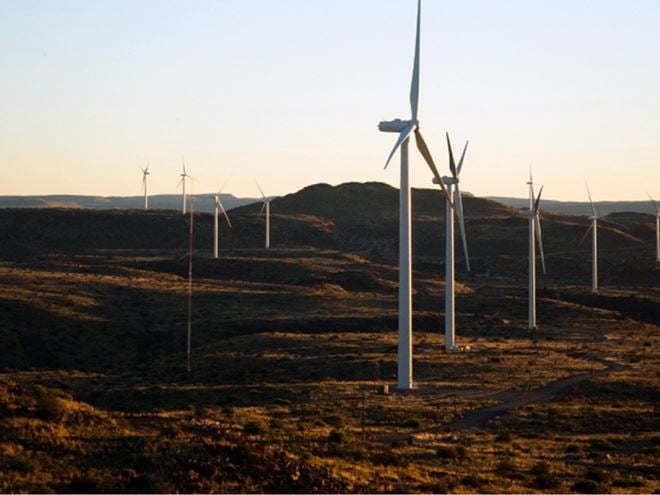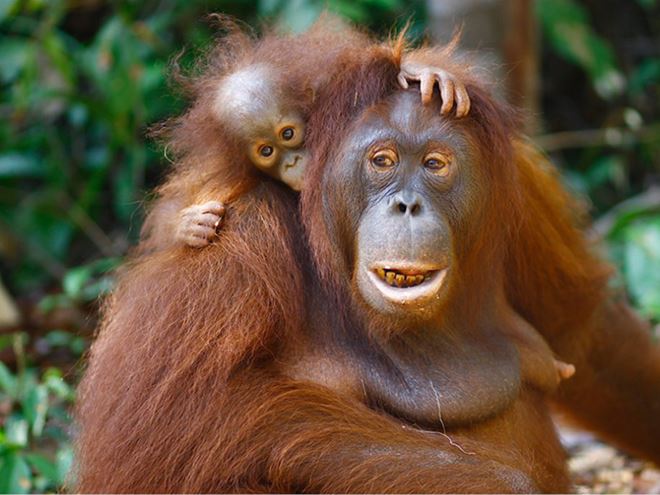Among our peers, we have a world-leading position in sustainability, for both carbon footprint and circularity. From the start of 2022, all our operations are carbon neutral. You can read more about our path to carbon neutrality here.
As of January 2022, we are using carbon offsets to counterbalance the carbon emissions that arise in production. These are all our Scope 1 and Scope 2 emissions according to the Greenhouse Gas Protocol and ISO 14064:2018 (the corresponding level for financial year 2022, as verified by KPMG, was 180 287 tonne CO2e). Please see Auditor’s limited assurance report in the Sustainability report and our Declaration of Carbon Neutral Production.
We choose projects that are verified by either The Gold Standard or VCS (Verified Carbon standard) when selecting carbon offset projects.
The use of offsets will gradually decrease as we continue to invest in new technology and improve our processes. The purpose of the offsets is to reduce global carbon emissions, thereby contributing to the transition toward a global sustainable society.


We divide our offsets between renewable energy projects and nature-based solutions.
As one third of the world’s wind turbines feature Ovako’s steel, we wanted to close the loop. The purpose of one of the projects that we support, which is a great example, is to supply wind-generated electricity to the power grid serving the Republic of South Africa (RSA). This makes a positive contribution to the optimization and diversification of the country's energy mix, which is currently dominated by coal-fired power plants.
An example of our support for a nature-based solution is a biodiversity project that aims to reduce Indonesia’s emissions by preserving some 64,000 hectares of tropical peat swamp forest. This area, rich in biodiversity including the endangered Bornean orangutan, had been slated for conversion into four palm oil estates. The project is also designed to protect the integrity of an adjacent world-renowned National Park, by creating a physical buffer zone across the full extent of its ~90km eastern border.